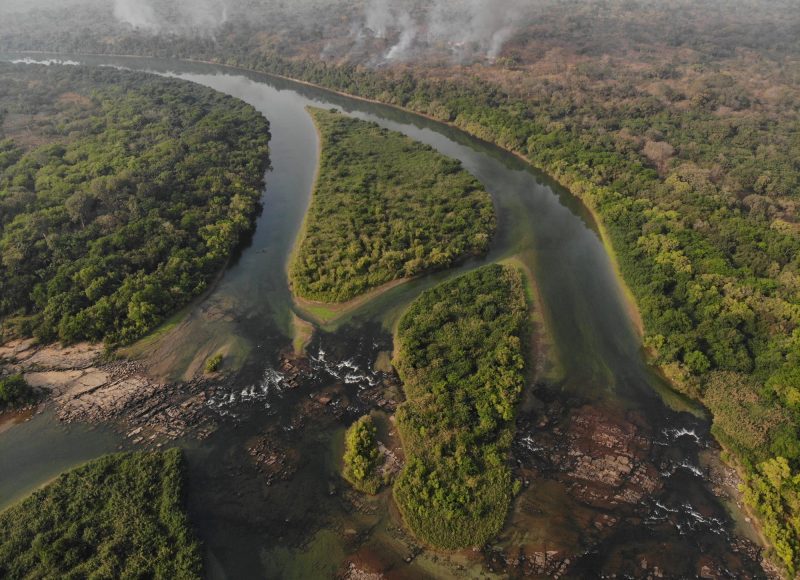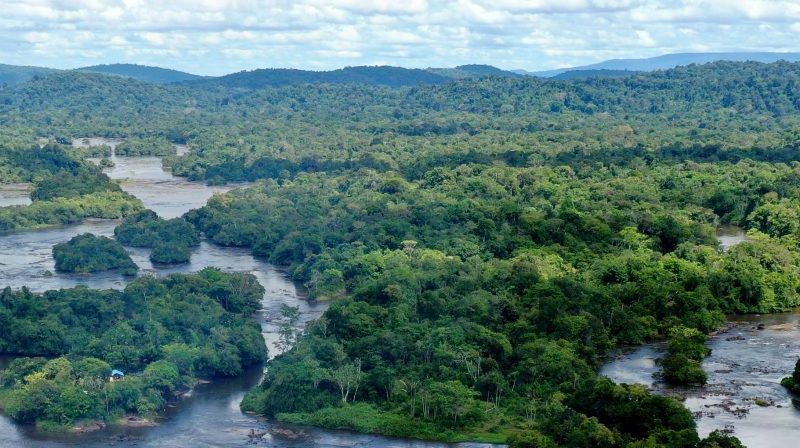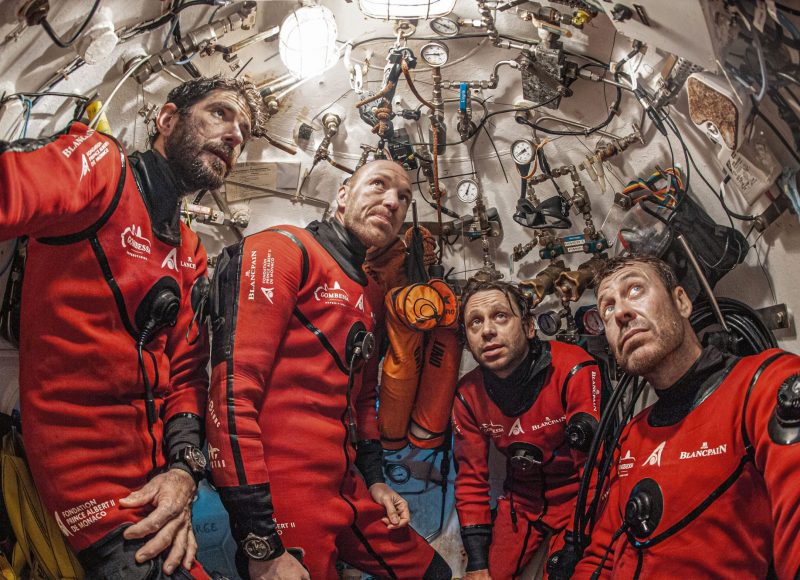
Structuring scientific programs
In order to deploy or consolidate long-term ecosystem monitoring networks on a global scale, the Vigilife Observatory is based on the development and implementation of scientific programs to structure cooperation between the various partners of the territories around a specific theme (rivers, marine areas and other programs to be announced). These programs are the result of a rigorous collaborative process based on a co-construction from the beginning of their design, between scientific research partners and stakeholders, such as companies, natural area managers, non gouvernemental organizations, or public institutions.
SCIENCE-BASED PROGRAMS FOR THE TERRITORIES.
The standardized eDNA methods used in the Vigilife programs have been tested on a large scale, notably during numerous scientific expeditions, and have been validated by over 50 scientific publications.
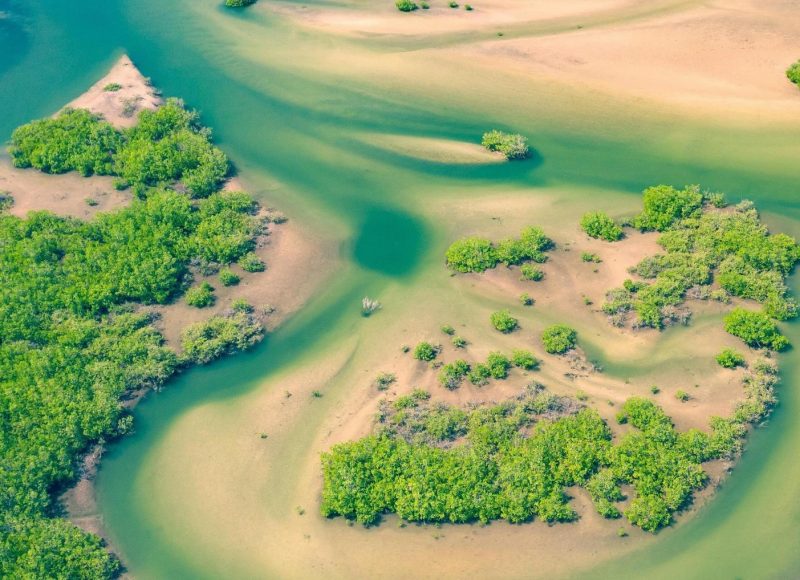
Sentinel rivers
Rivers have always represented a strength for the countries through which they flow. They represent major stakes for the animal and plant species that they host, as well as for the human populations that depend on them. The objective of this program is to structure with the actors of these territories a long-term monitoring of the biodiversity in order to better manage these exceptional habitats.
To learn more about the rivers already monitored with these standardized eDNA methods (Rhône, Mekong, Maroni, Danube, Casamance, Kinabatangan, etc.) and to discover the 30 priority sentinel rivers, discover our magazine and our main scientific publications.
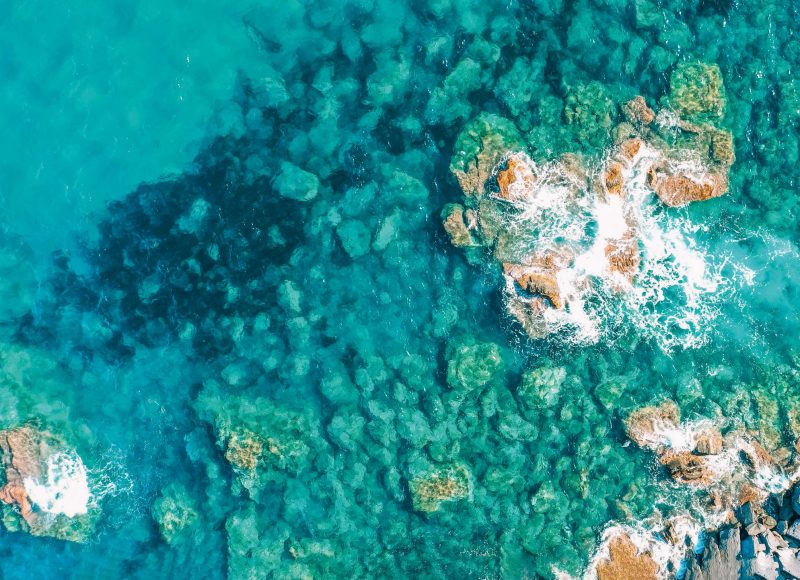
Sentinel Marine Areas
Coastal areas degradation is one of the most severe biodiversity crises. 44% of the world’s human population lives within 150 km of the coast, where marine biodiversity is most important. Habitat destruction and pollution, overfishing, climate change and the introduction of exotic species are all threats to these coastal marine ecosystems. This program aims to structure a sustainable monitoring network, especially around Marine Protected Areas, in order to strengthen conservation policies for these vulnerable ecosystems.
To learn more about the monitoring already carried out with these standardized eDNA methods in the Mediterranean sea, in the Indian, Pacific and Atlantic oceans, discover our magazine and our main scientific publications.

